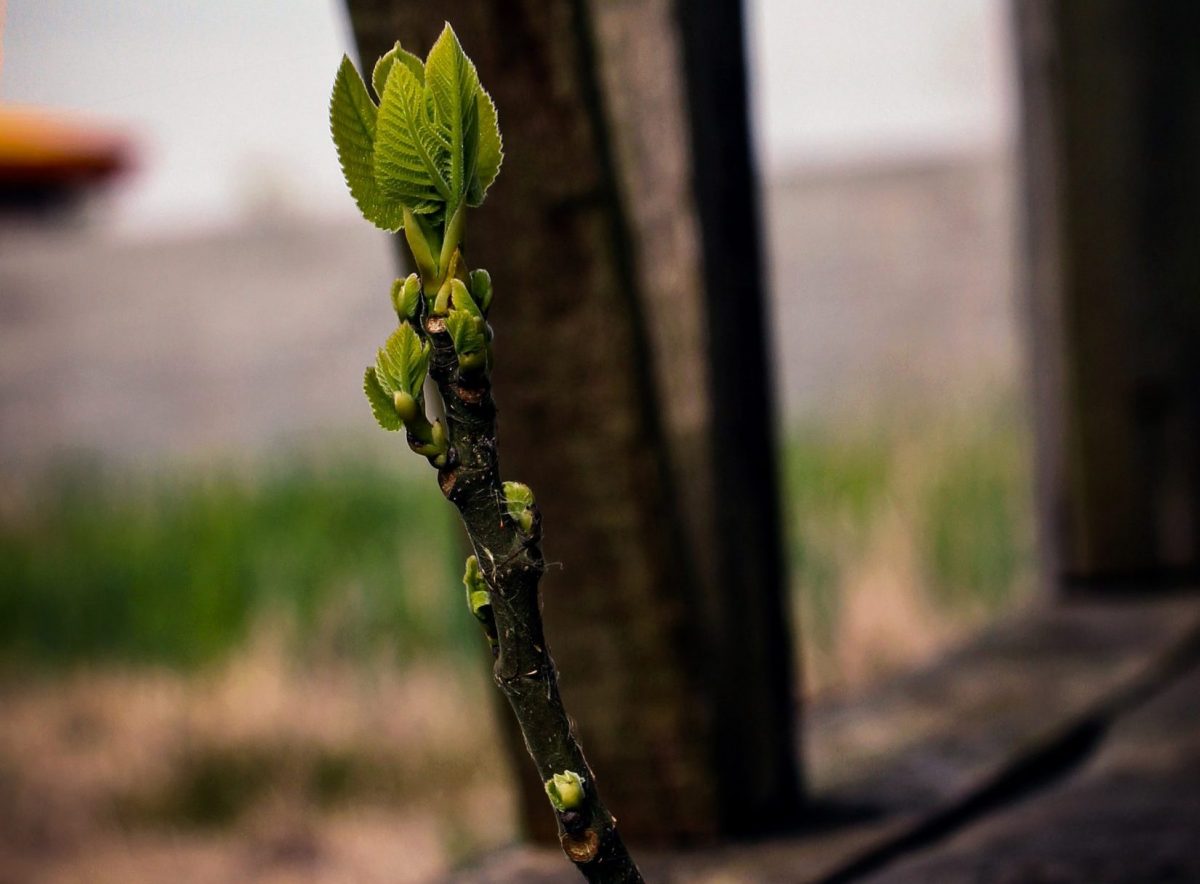Elizabeth Glass Turner ~ Imagining Identity: When a Group Is Haunted by Suffering

The media photographer clicked at just the right moment.
The woman’s face is crumpled, crying out, grieving.
In fact, the use of the picture almost feels…voyeuristic.
How long will morning news shows play subdued tones, proclaiming the latest tragedy, in this case, “Special Edition: Charleston” in a way that reminds us all that every news outlet is for-profit?
The photo of the suffering black woman is an image of real emotional distress. She’s a flesh and blood person with stacks of mail and dishes.
What if imagery like this, artfully captured, reinforces a subtly subversive long-running narrative, though?
Your identity is suffering. You were made to bear the pain of your own existence.
In fact, the past couple of hundred years has held a great deal of suffering for Africans handcuffed on chains, taken to foreign soil, separated from their families, sold on auction blocks, beaten, raped, and forced to slave labor, separated from their husbands, wives, and children again, called “free” by a president but not bounty hunters, finally free but sometimes still despised, still told they weren’t good enough for water fountains or toilets or cafe counters.
And it’s my subjective view, only my personal response – you may perceive it differently than I do – but the news program’s profiteering use of this photo felt almost like the dynamic of a man muttering to his bruised wife, “this is all you’ll ever deserve. Don’t think you can do better than me.”
So a few thoughts today while our African Methodist Episcopal brothers and sisters try to regroup (Wesleyan Accent is proud to feature pieces from AME Zion voices like Dominique A. Robinson, Kelcy Steele and Otis McMillan).
The best photos the media can share during a crisis like the death of nine people in a church are the pictures of held hands, heads bowed: the images of prayer, unity, solidarity – the pieces of interviews like the one in which a woman affirmed, “in the midst of this, we want peace, we are for peace;” images that communicate a positive identity of community, resilience, peace, and worship. The photos are there if they’ll choose to use them. The media can carefully avoid crafting the narrative that it is the black community’s lot in life to suffer.
It seems 2015 is a bloody year for Christians. When I read a story about Christians gathered for a prayer and Bible study shot in cold blood, my mind races back to the men kneeling on the sand, waves sliding in and out, crying out to Jesus as their heads are cut off or they’re shot execution-style. Do not think for an instant that the evil that pulls the trigger in a Bible study at a black church is different than the evil that drives ISIS recruits to kill Christians; it is the same evil. Christians died worshiping.
It seems 2015 is the year that Wesleyan Methodist pastors and congregations need to drive across town, step across thresholds, and partner together for special shared services, projects, and worship. Nazarenes need to know where the restrooms are in A.M.E. Zion church buildings. United Methodist clergy need to know the names of local Free Methodist pastors. C.M.E. pastors need to know their way around the Wesleyan church’s website. The atmosphere of our world has changed. We have different histories, different traditions, different ways of worshiping. It doesn’t matter. We are a unique part of the Body of Christ. It’s time to pick up the phone.
“See how they love one another…”